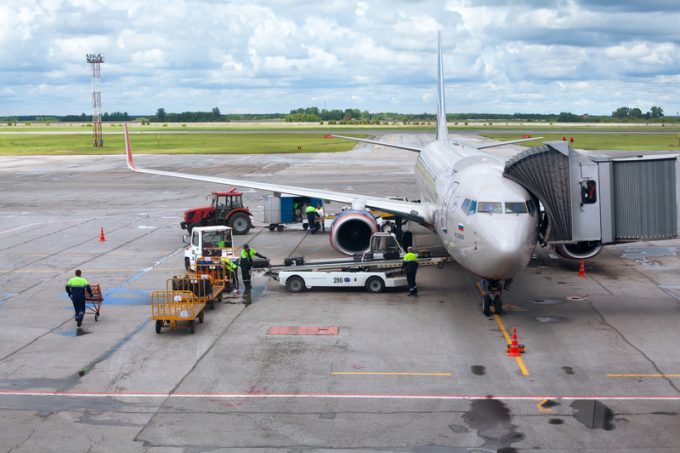EASA demands inspection of affected A350 engines after Cathay incident
The European Air Safety Agency (EASA) is requiring that certain A350 aircraft undergo a one-off ...
GM: RAISING THE ROOF GGM: IN FULL THROTTLE GZIM: MAERSK BOOST KNIN: READ-ACROSSMAERSK: NOT ENOUGHMAERSK: GUIDANCE UPGRADEZIM: ROLLERCOASTERCAT: HEAVY DUTYMAERSK: CATCHING UP PG: DESTOCKING PATTERNSPG: HEALTH CHECKWTC: THE FALLGXO: DEFENSIVE FWRD: RALLYING ON TAKEOVER TALKODFL: STEADY YIELDVW: NEW MODEL NEEDEDWTC: TAKING PROFIT
GM: RAISING THE ROOF GGM: IN FULL THROTTLE GZIM: MAERSK BOOST KNIN: READ-ACROSSMAERSK: NOT ENOUGHMAERSK: GUIDANCE UPGRADEZIM: ROLLERCOASTERCAT: HEAVY DUTYMAERSK: CATCHING UP PG: DESTOCKING PATTERNSPG: HEALTH CHECKWTC: THE FALLGXO: DEFENSIVE FWRD: RALLYING ON TAKEOVER TALKODFL: STEADY YIELDVW: NEW MODEL NEEDEDWTC: TAKING PROFIT

The repositioning of empty containers is still a major operational and financial headache for air cargo operators, but a Dutch company reckons it has a solution.
Rotterdam-based VRR has developed collapsible unit load devices (ULDs), the AAX and AAY, which have been recently approved for use by the EU Safety Agency.
Ben Lakerveld, VRR sales manager told The Loadstar the ULDs had been developed to address three large industry problems: the ULD imbalance globally; environmental objectives; and optimising storage capacity.
“Often, tradelanes are not balanced and you find that more cargo going one way than the other, resulting in empty containers to bring back or store. But when a container is collapsible and can be stacked, it is much easier and cheaper to relocate or store,” Mr Lakerveld explained.
He said the extent of the imbalance in the global ULD fleet was concerning for many countries. In the US, for example, there is often a surplus of ULDs, while in China there is frequently a shortage. Mr Lakerveld added that, with challenging sustainability goals, cargo operators were looking for ways to serve their customers as efficiently as possible while reducing their CO2 emissions.
Heavier containers increase a flight’s fuel consumption, and VRR says a fleet of lighter ULDs would help move the airline’s emissions needle in the right direction.

Photo: VR
According to VRR, demand for innovative and customised ULDs is growing, and manufacturers are having to push the boundaries of engineering while still complying with strict aviation safety standards.
“Certification for the collapsibles was a challenge, but our team has lots of experience with certification and managed to prove the airworthiness of both units.” said Mr Lakerveld, who added that the biggest challenge was to prove that the ULDs were strong enough.
A VRR demonstration showed that when collapsed, the AAY unit can be stacked up four high in the aircraft hold and up to six high in a shipping container, saving transport costs. However, the concept of foldable ULDs has been discussed within the industry before and sceptics have frequently questioned the scale of industry deployment and the level of adoption likely to be achieved.
Mr Lakerveld said: “We do not expect these products to replace complete ULD fleets, but they can be used as complementary, especially on specific lanes that encounter imbalances and at destinations with storage issues.”
Comment on this article